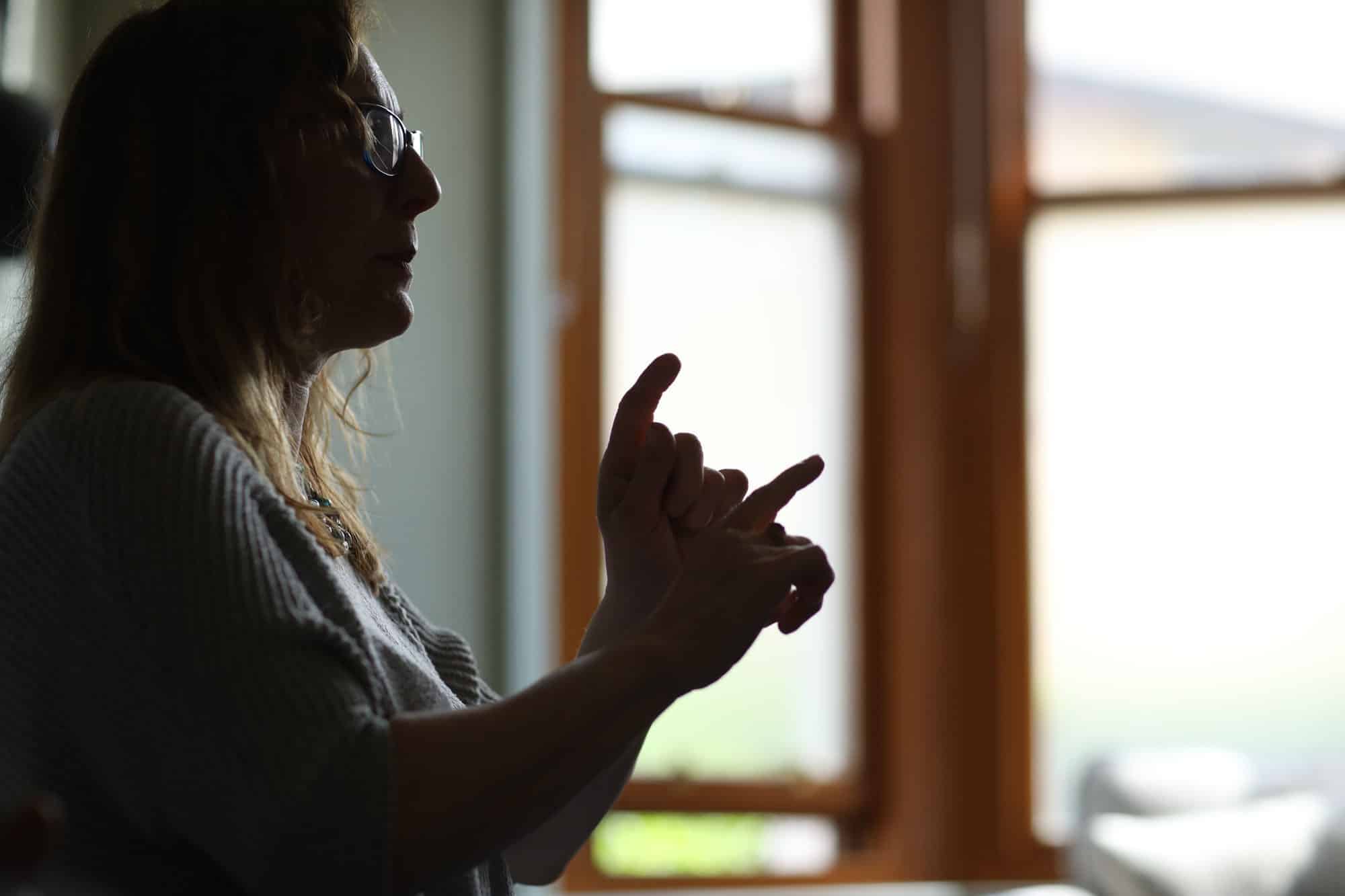James Watson-O’Neill: This time we’re talking about intersectionality
Welcome back to this blog series where I talk about the work we’re doing at SignHealth on equity, diversity and inclusion (EDI). My aim is to share some of the highs and lows of this work and to “sit in the mud” of how difficult this work can sometimes be.
At SignHealth the majority of us are deaf people so when we talk about the communities we are members of and the backgrounds we have, as well as being deaf, we are often talking about intersections. Our experiences of marginalisation, oppression or sometimes the benefit and joy of being part of a community can cross over with another characteristic that we have.
We are trying to notice the impact that our experience of being deaf has on our experience of, for example, being gay. One of the key points of intersectionality is that these two experiences aren’t just added together. Experiencing life with two or more identities can mean that our experience is unique and quite different to that of a hearing gay man or a deaf straight man, for example.
So, then we think about the health system, which we do a lot at SignHealth! We know that the NHS and the wider health system of people and organisations that try to work together to improve everyone’s health can struggle to see people as individuals. We often see health services that are designed with only hearing people in mind – every deaf person has experienced the frustration of waiting to be called into a doctor’s appointment when we know we will struggle to identify our name being called. But we also know that other communities feel less welcome in the health system too – there is some great work being done within the NHS on race equity and the inclusion of LGBTQ+ people but even more needs to be done.
But what is it like when people experience multiple effects of not being thought of?
Does our experience get multiplied? Is it cumulative?
What is our responsibility at SignHealth in trying to “fix” the health system to properly include us as deaf people to ensure that every deaf person is considered within that work? How can we ensure that everyone’s experience is appreciated?
I am wrestling with these questions and thinking about how to make progress with our work at SignHealth. But it also feels important to talk to lots more people about their experience and to see who else is working in this way. There was a blog post last year from the Kings Fund about how to address intersectionality in health – it’s interesting that some of the focus is on the challenges caused by the word “intersectionality” and “lived experience” too. I am conscious that using language like this can turn some people off but how do we talk about these important things without creating consistent language to describe it?
And I notice that I see numerous signs for intersectionality in BSL too – my colleague Azaria has told me that she has collected 11 different signs being used for it. We talk about this quite a lot at SignHealth – should we definitive about which sign we use at SignHealth or should we encourage a diversity of different signs, making sure that none of them are offensive? There are no easy answers.
As always, if you have any comments or questions about what I’ve talked about here please do get in touch, particularly if you’re interested in talking more about intersectionality!
Email communications@signhealth.org.uk
-
New domestic abuse quiz for the deaf community
We have supported deaf people who have lived in abusive relationships for years and years. One moment of realisation can change their story.
-
Supporting clients in foreign sign languages
Tips from the SignHealth domestic abuse team for how to support deaf people who use other sign languages.
-
SignHealth at the 2024 Labour Party Convention
Nathan and Abigail’s experience campaigning for deaf people’s health and wellbeing at the 2024 Labour Conference
-
Sitting in the mud | Post 5
James Watson-O’Neill shares his reflections on the recent riots, inclusive language and the role of leaders.
-
Results Day
A good luck message and links to resources that may help with next steps or if you’re finding things difficult.
-
Sitting in the mud | Post 4
James Watson-O’Neill shares his thoughts on intersectionality and how SignHealth is looking at it in the wider health system.










